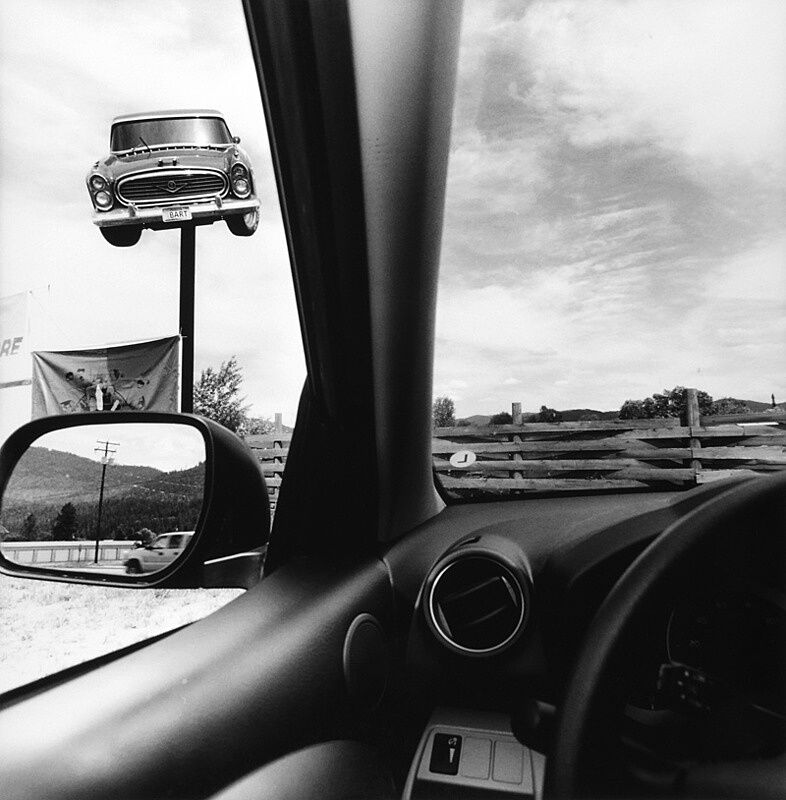Top 3:

As I stated in my statement of intent, I primarily focused on depicting the infrastructure and exterior of the building, particularly highlighting the glass elements. Although this photo was not taken on 798 Street, it captures both the building’s exterior and the sky, showcasing similar colors but evoking different moods. Through various usage of composition—specifically the use of perspective, symmetry, pattern, depth of field, and negative space—I aimed to create visual weight in the image while emphasizing the glass’s qualities of reflection and distortion.
The low-to-high angle perspective or long shot compels viewers to look up from the street, which emphasises the building’s grandeur and height. This viewpoint evokes feelings of awe, making the viewer feel small in comparison to the structure. The symmetry and patterns on the building create a distinct division between the right and left sides of the photo: the left side captures the sky and smaller buildings, while the right showcases the glass-covered facade. This symmetry highlights the stark contrast between nature and man-made structures, clearly separating the two elements. Moreover, the use of negative space enhances this contrast, inviting the audience to reflect on the relationship between the organic and the constructed. And this interplay between the natural and the artificial underscores the theme of duality in urban landscapes, exploring how architectural design interacts with its environment.
Furthermore, the use of a high shutter speed combined with a low ISO enhances the overall mood and quality of the photograph. The high shutter speed captures intricate details, such as the distorted reflections on the glass building, while the clear reflections provide a sharp contrast.
Top 2:

In this photograph, I aimed to capture my original intent, which focuses on the element of glass and the building’s exterior. While many people concentrate on photographing the entire shiny sculpture, I chose to highlight how it is reflected in the glass facade of the building. The exterior is composed of toughened glass with multiple sheets, creating a double reflection that feels almost hallucinatory. By positioning the reflection as the focal point in the center of the image, I emphasized the theme of duality: the real steel sculpture is clearly visible, while its reflection appears multiplied and highly reflective. Additionally, the contrasting colors between reality and reflection further accentuate this duality, inviting viewers to explore the relationship between the two.
Moreover, using a lower shutter speed and a high ISO (around 800) enhances the theme, as the reflection becomes more pronounced in brighter lighting conditions.
Top 1:

Although this photo doesn’t capture the exterior of the building, it captivates attention by showcasing the reflection and distortion of glass. With some editing, I increased the saturation to enhance these glass elements. The cup reflects light from the window, causing the waves on its surface to create reflections in various directions, producing hues of white, purple, and blue. This interplay of colors and light from a single cup generates a unique mood and tone, suggesting viewers to the beauty in everyday objects. It also connects to the different personality traits that we possess as one cup can reflct multiple aspects and yield diverse outcomes.
Additionally, by controlling the depth of field, I focused on the glass in the foreground while blurring the background to enhance the viewer’s concentration. I used a high ISO and mid-range shutter speed to further highlight the themes.
































 (edited version)
(edited version)

















